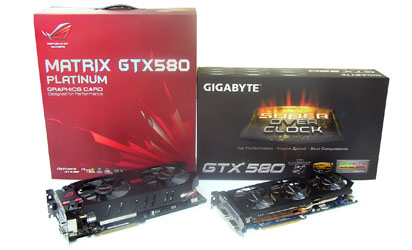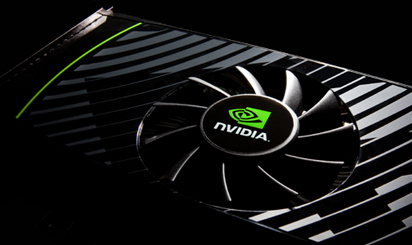
Tried it: AMD Radeon HD 7870/7850 - dangerous pit bulls
Applications used during measurements:
- GPU-Z 6.0.0
- MSI Afterburner 2.2 beta 12
- 3DMark Vantage 1.0.2
- 3DMark11 1.0
- Unigine Heaven Benchmark 2.5
- MediaEspresso 6.5
- Battlefield 3 + FRAPS 3.4.7 build 13809
- Crysis 2 1.9 + Adrenaline Crysis 2 benchmark tool 1.0.1.13
- Far Cry 2 + Far Cry 2 benchmark tool 1.0.0.1
- F1 2011 (built-in measurement)
- Hawx 2 demo benchmark
- Alien vs Predator benchmark
- Batman Arkham City (built-in measurement)
Test configuration:

* For some reason, we couldn't force the 590 beta drive on the GeForce GTX 295.51, so this card was still measured with last year's 275.33 WHQL driver, which was a clear disadvantage for some games.

Using graphics drivers:
Before describing the results of the tests, we need to clarify how we performed them. For the synthetic measurements (3DMark11, 3DMark Vantage / PhysX off /, Unigine Heaven Benchmark) we did not tweak the settings of the GeForce driver or Catalyst, everything ran according to the factory configuration. However, after the synthetic measurements, we manually turned on the 16 × anisotropic filtering for the games, because in many applications this is not possible from the program, but we felt its presence was necessary for the measurements.
 |  |
Consumption and heating measurement:
Opponents were also subjected to consumption and warm-up measurements. The appetite of the cards was tested with a wattmeter by recording the value of no-load consumption at rest under Windows, this time by testing the systems with Blu-ray and Furmark running. During all measurements, we tried to form an approximate average from the data seen, but as these are not measurements performed under laboratory conditions, they are for information only. MSI Afterburner 2.2 beta 15 was used to monitor temperature values, load levels, and fan speeds, monitoring was performed after a short period of rest during the FurMark load phase, and then the cards were allowed to cool.

The numbers show that AMD has not forgotten the importance of consumption in connection with the Graphics Core Next architecture, the previous sentence was said in our article on Tahiti. If that was true there, now it is double, as one of the big guns of the Pitcairn models is the very favorable consumption. Even when unloaded, they charge 15-20 watts less than their predecessors, the Cayman models, a difference that continues to grow during Blu-ray playback. The two novelties at full load, even under Furmark, nicely prove the difference of 6950 watts between the 7850 and 53, while the difference between 6970 and 7870 is 69 watts, which is a fabulous stunt. Of course, Pitcairn also passes well compared to Tahiti, here too there is a significant difference between the two classes.
Card settings:
Now we only display the settings of four Pitcairn models, the parameters of the other cards can be viewed and read from our previous article.
 |  |  |
ASUS HD 7870 TOP on reference clocks / ASUS HD 7870 TOP on own clocks / GIGABYTE HD 7870 OC on own clocks
 |  |
GIGABYTE HD 7850 OC on reference clocks / own clocks
 |  |
ASUS HD 7850 TOP on your own clocks / HD 7850 CrossFireX
GIGABYTE and ASUS shuffled the sheets a bit, as all the models deviate from the reference recommendation and there is no overlap, so we weighed the individual specimens separately on their own clocks and then made a reference valuable measurement and of course the CrossFireX nor was it left out.
Examination of clock, temperature, load, and fan speed of Pitcairn cards working in configurations:

ASUS HD 7870 TOP DirectCU II TOP (HD7870-DC2T-2GD5)

GIGABYTE HD 7870 OC (GV-R787OC-2GD)
Although we used the latest beta version of the MSI Afterburner, unfortunately it was not able to extract information from the 7850 cards, neither in the ASUS nor in the GIGABYTE model. However, with the two 7870s, it looks like both coolers can easily withstand the heat generated by the Pitcairn XT, not crawling above the GPU 60 degrees even under heavy load. The temperature competition was won by GIGABYTE's three-fan Windforce 3X Triangle Cool solution.















